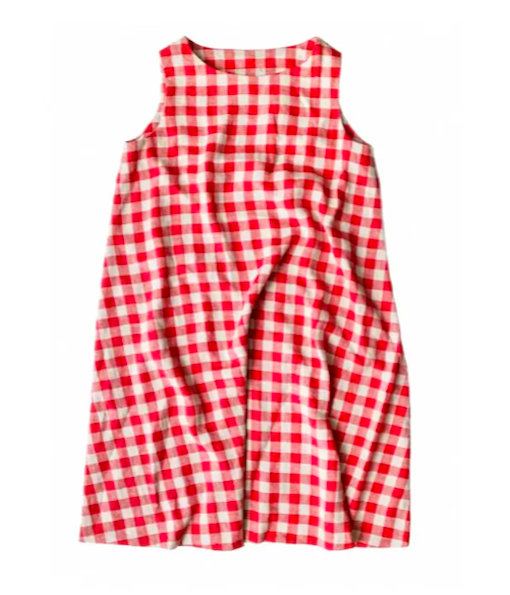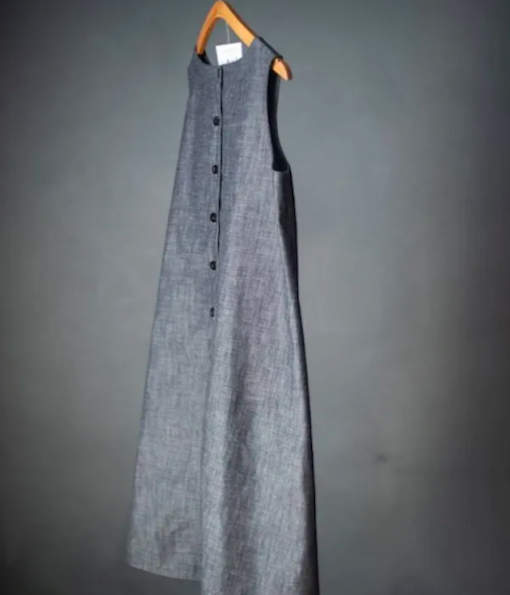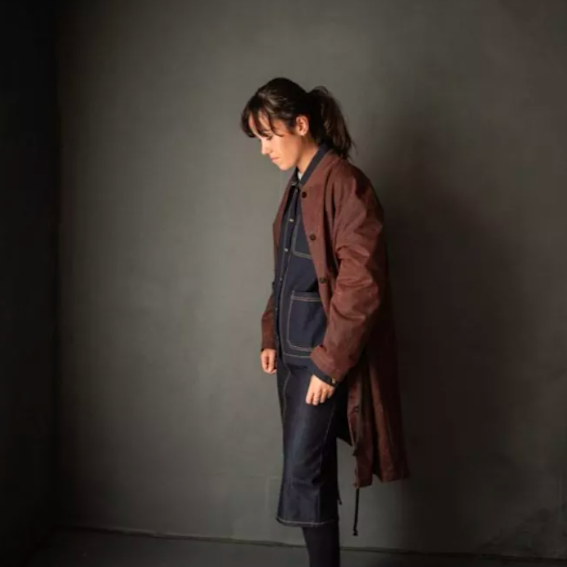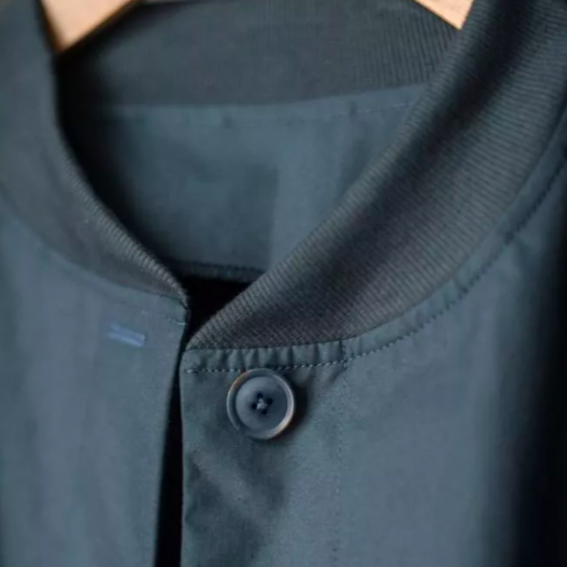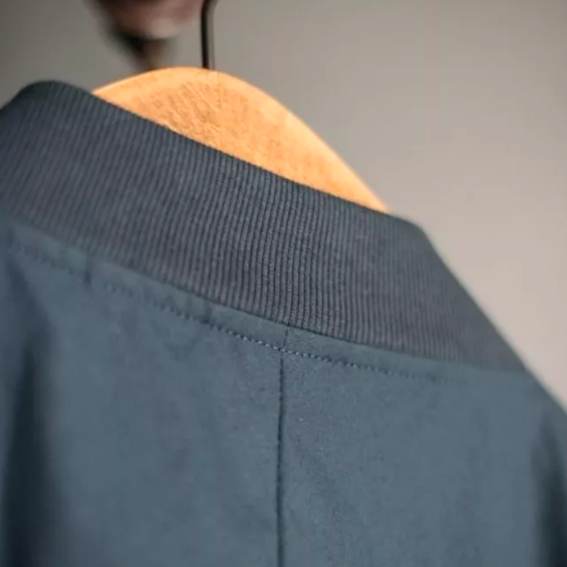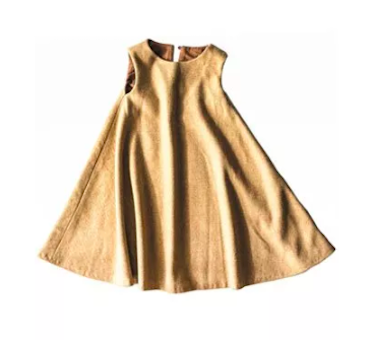-
Trims & Notions:
Matching thread.
Buttons - 5 x approx 22mm (7 if you are doing buttons at the cuff).
Contrast top stitch thread optional.
Jean needle
Fabric requirements:
Size dependant. Please view the Size Chart Here
Manufacturer: Merchant and Mills
-
This pattern is intended to be made with 8-12.5oz denim or upto 14oz if you’re working with a heavy duty or industrial sewing machine.
Working with Denim:
We recommend pre-washing your denim before sewing. Putting a large piece of medium-heavy weight denim into the washing machine can sometimes lead to white creases in the denim, this is because it is a stiff fabric so it doesn’t have room to move around. We recommend doing the following to help this not to happen:
Wash your denim on its own for the first wash. You don't need to use detergent if you don't want to.
Wet the fabric first before putting it into the drum.
If you can break up your denim fabric into half this will help. Or if you have your pattern already you may be able to break it into smaller parts by looking at the lay plan - leave some wiggle room!
For the first wash use a delicate 30 degree cycle with a low spin.
If any white creases develop ironing whilst still damp will help.
Do not tumble dry.
When you have made this jacket we would recommend washing it inside out.


